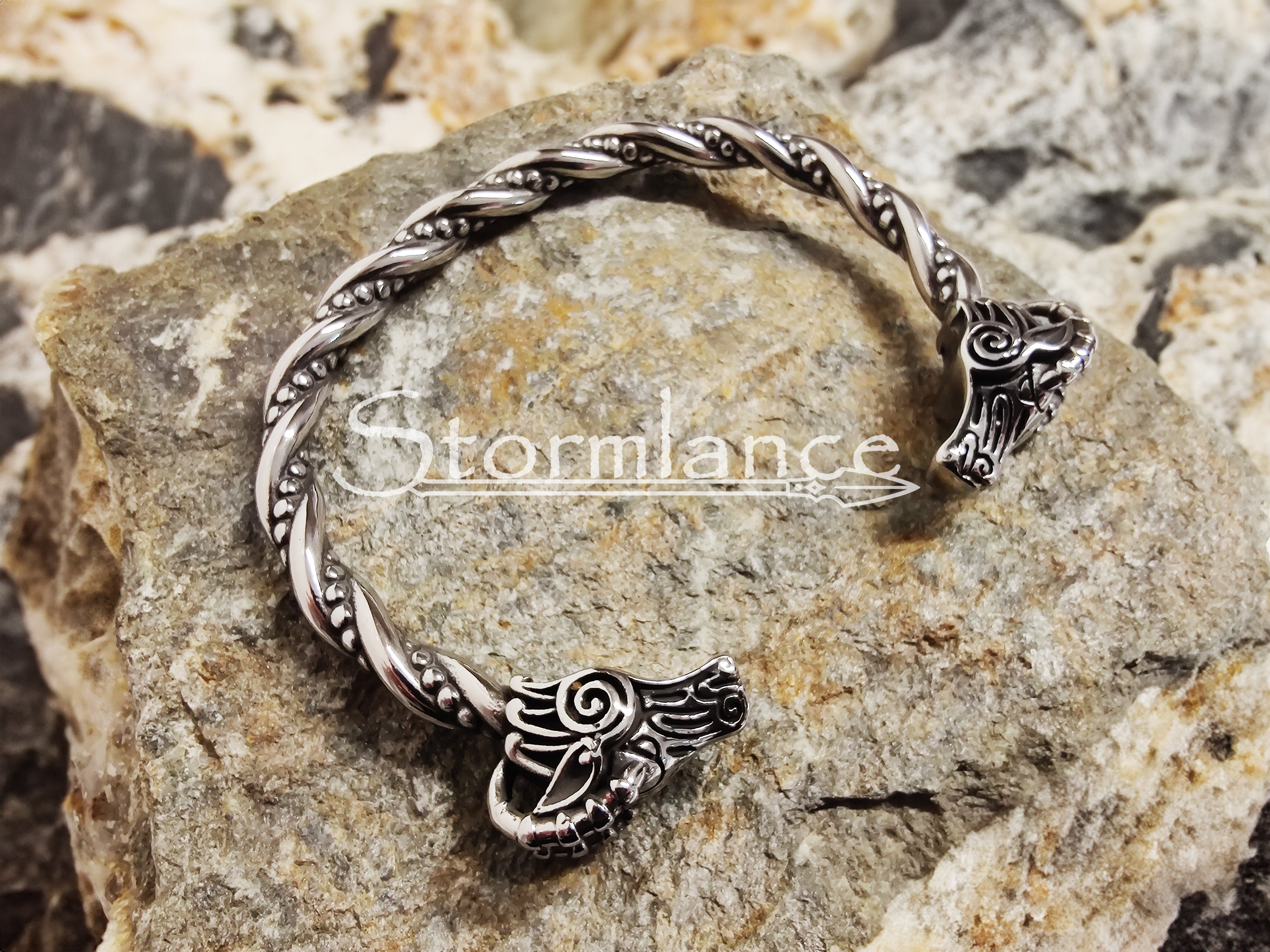Viking culture is shrouded by a mystery that mixes strength, honor and spirituality. The Viking arm ring is considered to be one of the most valuable artifacts that date back to the Viking Age. It represents power, loyalty and a profound cultural significance. The arm ring may also be known as an Norse arm band, Viking bracelet or Norse arm ring. It’s more that an accessory.
Viking Arm Rings: Their Historical Value
In the era of medieval Scandinavia, Viking arm rings were more than mere ornaments; they were symbols that carried meaning. These rings, constructed from precious metals like silver or gold were intricately designed and reflected a wearer’s quality of life, status and devotion. Viking arm rings were prized by the Norse elite due to their grandeur, craftsmanship and material.

Viking arm bands were not meant to be ornaments. They also served a practical purpose. They were used as oath rings at important occasions, where warriors swore loyalty to their leaders or gods. The act of staking an oath while holding or touching the ring of arms was a sacred ritual making the person bind themselves to their word, with gods who were witnesses. In the days when coins were scarce, rings served as currency. In times of crisis, these rings could be broken and used for payment which further highlighted their value.
Viking Bracelets – A Symbol of Loyalty and Brotherhood
Viking arm bands were used as a symbol of friendship and loyalty. The bracelets are usually traded among warriors, to show loyalty and trust. In the often harsh and harsh world of the Vikings the symbols of loyalty were essential to keeping the bonds that bind their society.
The designs of Viking bracelet varied widely, from simple, unadorned bands to elaborately decorated pieces featuring mythological motifs. These designs had deeper meanings more than simply being ornaments. A wolf-themed bracelet image might symbolize the strength and ferocity. Another decorated with interlocking Knots could represent the interconnectedness between life and destiny.
Men’s Viking Jewelry A Modern Revival
In recent years, Viking jewelry has become more popular for males. This is especially the case with arm rings and wristbands. This revival is not just about fashion but also about reconnecting with a rich cultural tradition that speaks to universal themes of honor, strength and loyalty.
A large portion of the designs of contemporary Viking jewelry are directly drawn from historical artifacts. However, modern craftsmen offer a contemporary spin on these classic designs, resulting in pieces that reflect contemporary aesthetics while paying homage to the past.
The variety of Viking jewelry is one of its most appealing features. Viking bracelets and arm rings are an excellent way to bring a touch of rugged style to any look. They can be worn either as a statement or more of a subtle way. These are a favorite with those who appreciate the fusion of history and fashion, providing the opportunity to showcase a piece from the past and express a unique personal identity.
Picking Your Viking Arm Bracelets and Rings
The choice of the best Viking arm ring or bracelet is an individual journey. It is crucial to choose the right piece for you there are a myriad of styles and materials to choose from. This collection is for everyone, whether you’re drawn to the symbolism and the craftsmanship of Viking jewelry or the brotherhood that is represented by the Norse arm rings.
Think about what you would like your Viking jewelry to symbolize. Do you want a piece that demonstrates strength, history or something special? Whatever the reason, a Viking armband or ring is more than just jewelry. It symbolizes who you are.
Conclusion
Viking arm bands and bracelets have a timeless appeal because they can be a bridge between the past to contemporary fashion. These pieces of Viking jewelry for men aren’t just symbols of a rich cultural tradition, but are also powerful symbols of personal identity. Viking jewelry like armbands and rings continue to inspire and captivate the wearers, whether worn as a reminder of the past or as a striking statement for the present.

